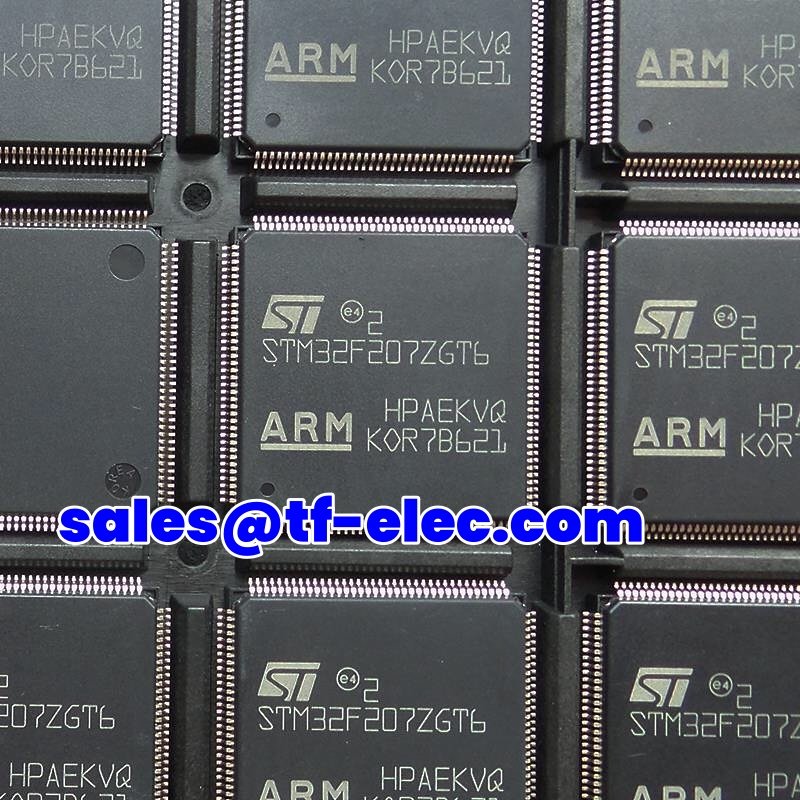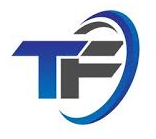The STM32 family of microcontrollers from STMicroelectronics is based on the ARM Cortex-M architecture and is widely used in embedded systems for a variety of applications.
Here are details about the specific models you mentioned:
STM32F207ZET6
– Core: ARM Cortex-M3
– Flash Memory: 512 KB
– RAM: 128 KB
– Maximum Clock Frequency: 120 MHz
– GPIOs: Up to 112 I/O pins
– ADC/DAC: Multiple 12-bit ADCs, and DACs
– Communication Interfaces: I2C, SPI, UART, USB, CAN, Ethernet (in some models)
– Features: High-performance device with advanced peripherals suitable for industrial and automotive applications.

STM32F405VGT7
– Core: ARM Cortex-M4 with FPU (Floating Point Unit)
– Flash Memory: 512 KB
– RAM: 128 KB
– Maximum Clock Frequency: 168 MHz
– GPIOs: Up to 82 I/O pins
– ADC/DAC: Multiple ADCs (up to 12-bit resolution)
– Communication Interfaces: I2C, SPI, USART, USB OTG FS/HS, CAN
– Features: Designed for applications requiring high performance and DSP capabilities.

STM32F207ZFT6
– Core: ARM Cortex-M3
– Flash Memory: 512 KB
– RAM: 128 KB
– Maximum Clock Frequency: 120 MHz
– GPIOs: Up to 112 I/O pins
– ADC/DAC: Similar features to STM32F207ZET6
– Communication Interfaces: I2C, SPI, USART, USB, CAN, Ethernet
– Features: Similar to STM32F207ZET6 but slightly different packaging.

STM32F103V8T6
– Core: ARM Cortex-M3
– Flash Memory: 64 KB
– RAM: 20 KB
– Maximum Clock Frequency: 72 MHz
– GPIOs: Up to 37 I/O pins
– ADC/DAC: 12-bit ADC available
– Communication Interfaces: I2C, SPI, USART
– Features: Entry-level option in the STM32 series suitable for cost-sensitive applications.

STM32F207ZGT6
– Core: ARM Cortex-M3
– Flash Memory: 512 KB
– RAM: 128 KB
– Maximum Clock Frequency: 120 MHz
– GPIOs: Up to 112 I/O pins
– ADC/DAC: 12-bit ADC and DAC features
– Communication Interfaces: I2C, SPI, USART, USB, CAN, Ethernet
– Features: Similar to STM32F207ZET6 with different package options.

Summary
– The STM32F2 series is high-performance and suitable for complex applications.
– The STM32F4 series has enhanced performance with DSP capabilities and is ideal for applications like audio processing, advanced motor control, and communication.
– The STM32F1 series is more basic and suitable for simpler, cost-sensitive projects.
When choosing a microcontroller, considerations include the required performance, memory, peripheral support, and power consumption, among others. The STM32 family provides a wide range of choices to accommodate various project requirements.

